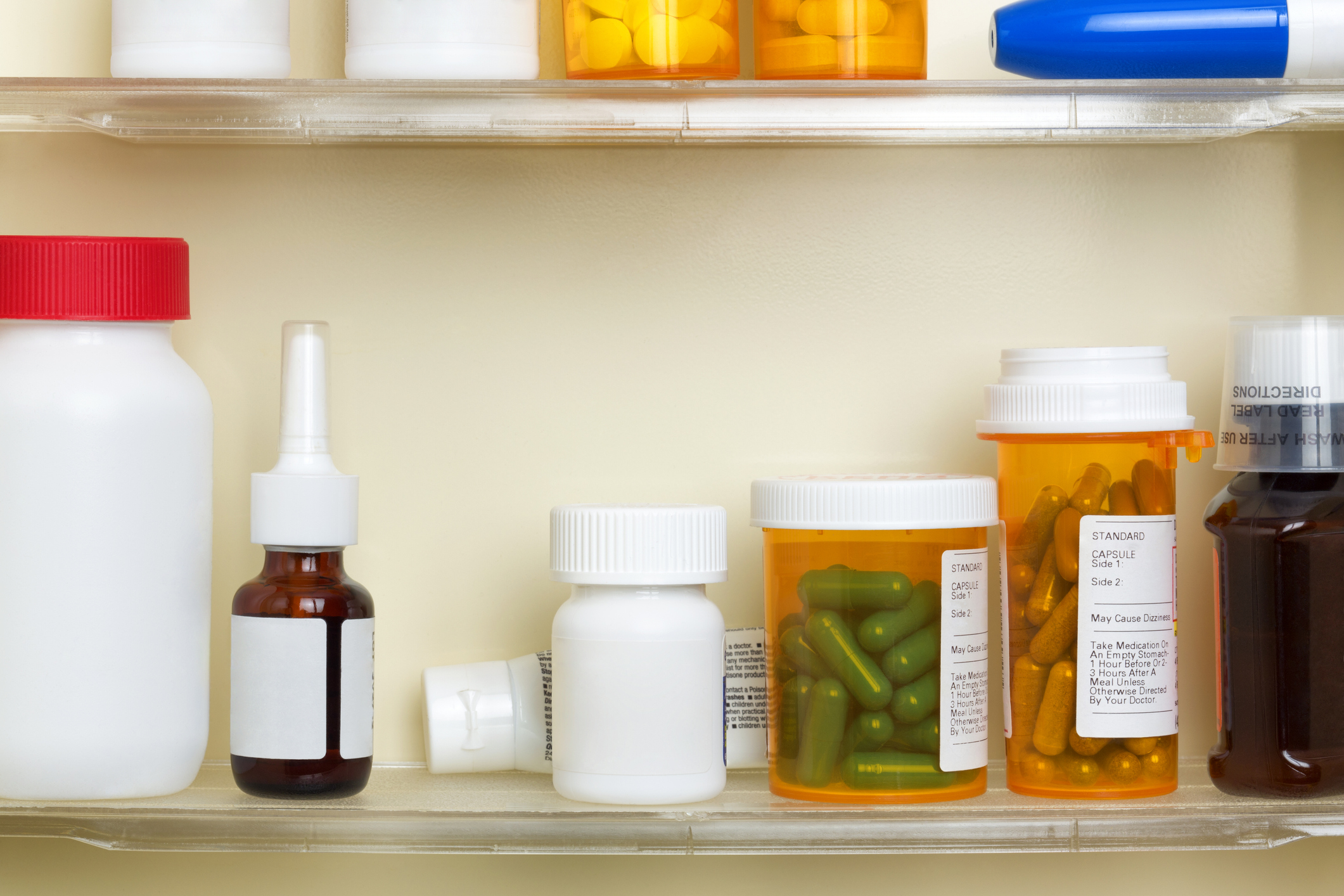
Suicides among young people have been on the rise for a long time. Among 10 to 24 year olds, overall rates of deaths by suicide in the U.S. increased 57% from 2000 to 2018, according to federal data. Now, a new study published in the journal Clinical Toxicology has looked more closely at a particular method of attempted suicide—self-poisoning—and turned up some disturbing results: From 2015 to 2020, suicide attempts by ingesting toxic substances or overdosing on medications soared by 26% among people ages 6 to 19.
The research, led by Dr. Jennifer Ross, a medical toxicologist at the University of Virginia School of Medicine, relied on figures from the National Poison Data System, which aggregates information from the country’s 55 state and territorial poison control centers. From 2015-2020, there were 514,350 calls to poison control centers involving children ages 6-19 who, according to the control centers’ guidelines for suspected suicide attempts, had “an exposure resulting from the inappropriate use of a substance for self-harm or self-destructive” reasons.
In 2015 there were more than 75,000 such cases reported. That number increased in each of the five consecutive years, topping out at more than 93,500 in 2020. “We began to notice an increase in younger aged children attempting suicide by acute overdoses in our clinical practice at [the University of Virginia Health System],” said Dr. Christopher Holstege, chief of the division of medical toxicology at the University of Virginia School of Medicine and a co-author of the paper, in a statement. “We were disturbed at our institutional numbers and decided to perform research on the national numbers which confirmed that this increase was not just a local issue, but a national issue.”
Not every segment of the 6 to 19 age group was hit equally hard. The greatest increase in self-poisonings occurred among 10 to 12 year olds, with numbers leaping 109% in the five-year study period. In the 13 to 15 age group, the increase was 30%; among 6 to 9 year olds, the number was 28%; and among 16 to 19 year olds, it was 18%. Girls were hugely overrepresented, accounting for nearly 78% of cases. Among the half-million-plus cases studied by the researchers, there were 276 deaths and nearly 15,000 cases that involved life-threatening symptoms or long-lasting disability.
In most cases, the young people used substances that were easy to find and access. The most commonly abused substance was acetaminophen, followed by ibuprofen, then atypical antipsychotics—like aripiprazole—which are increasingly prescribed not only for psychosis, but also for more-common cases of depression.
It was beyond the scope of the study to explain what’s behind the troubling trend. In March, however, the American Academy for Pediatrics cited multiple factors contributing to youth suicide attempts, including widening disparities in access to affordable mental health care and easy access to instruments of self-harm, such as firearms or medications in the home.
The authors of the new study urge parents and caregivers to be alert to the growing problem.“We need to be vigilant for the warning signs associated with suicide risk in our children,” Holstege said. “Our study is one of a number that demonstrates that we are experiencing an unprecedented mental health crisis in younger age groups. As a society, we must commit more resources to the mental health needs of our children.”
More Must-Reads from TIME
- Cybersecurity Experts Are Sounding the Alarm on DOGE
- Meet the 2025 Women of the Year
- The Harsh Truth About Disability Inclusion
- Why Do More Young Adults Have Cancer?
- Colman Domingo Leads With Radical Love
- How to Get Better at Doing Things Alone
- Michelle Zauner Stares Down the Darkness
Write to Jeffrey Kluger at jeffrey.kluger@time.com